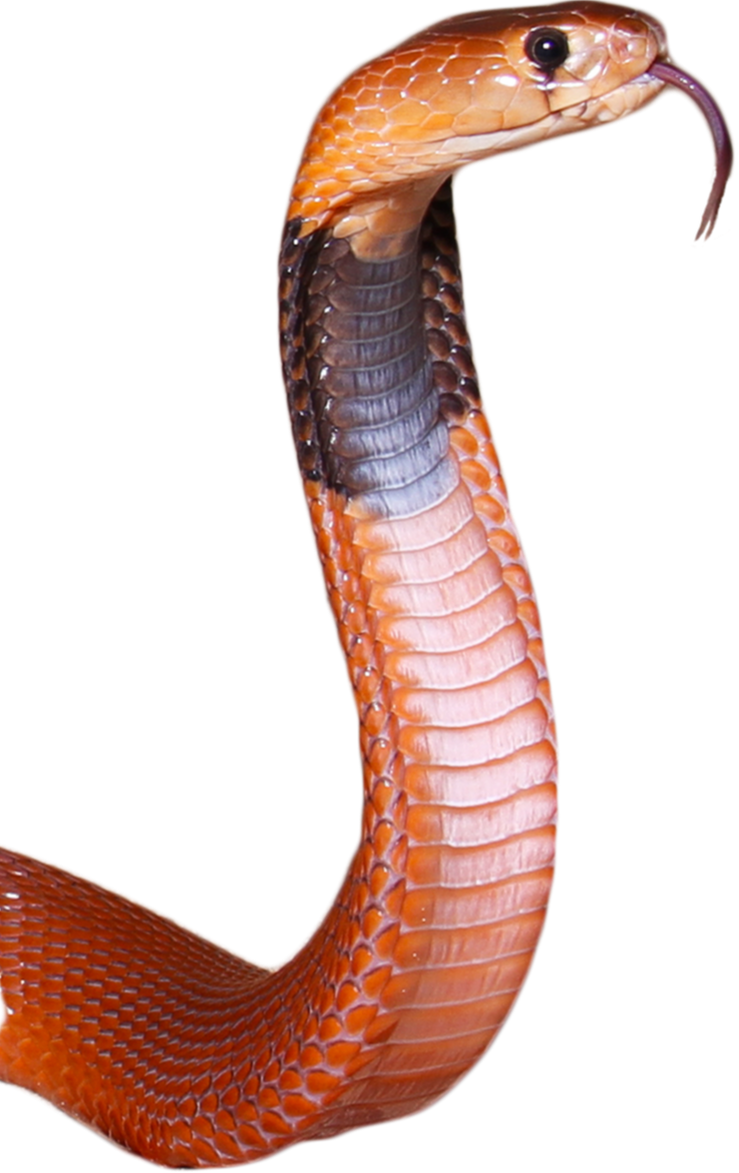About MeMy passion for herpetology developed from a childhood fascination of the natural world. I grew up in Hertfordshire, UK, and despite the countryside being host to many interesting animals, the presence of just three reptile species in the county led me to begin keeping captive reptiles and amphibians. Throughout my teenage years I kept up to 18 species of reptiles and amphibians. When it came to looking for universities and their respective courses, my interests drew me to Bangor University as it offered a degree in Zoology with Herpetology, led by staff and researchers covering various herpetological topics. Starting the course in 2013 meant re-homing my collection, which however allowed me to commit to the degree and to start traveling the world in search of wild reptiles.
Published research |
Postgraduate Research |
A multilocus phylogeny of the cobra clade elapidsWanting to get some more experience using advanced phylogenetic techniques, I discussed project ideas with Dr Wolfgang Wüster. My interest in venomous snakes led us to examine the current cobra clade elapids, which have been subject to various taxonomic changes since the 1940s. Their both medical and social importance arose concerns of an unstable phylogeny, warranting the need for a comprehensive and thorough up-to-date phylogeny to be produced.
The aim for this project was to:
The multilocus analysis comprised of 7 loci: 2 mitochondrial and 5 nuclear; cytb, ND4, NT3, UBN, PRLR, C-mos, and RAG1, respectively. The inclusion of more species and samples from a broader range should allow for a more accurate phylogeny to be produced, on which we aim to map any characteristic morphological or behavioural traits on. Further comparison to Australasian and closely related African elapids will allow for us to estimate the divergence dates of any major cladogenic events, particularly of the spitting lineages. |
Undergraduate research |
One particular aspect I found enjoyable whilst studying for my undergraduate degree at Bangor was the freedom the students had to base their assignments on taxa of their choice. Examples for which I often strived to use reptiles of amphibians are as follows:
I found modules based on molecular techniques during my undergraduate degree interesting, so wanted to combine fieldwork with a molecular-based project for my honours dissertation. Having identified an atypical population of grass snakes (Natrix natrix) in England, I ended up undertaking a phylogenetic study on several atypical populations, titled: The origin of putative non-native grass snake (Natrix natrix) populations in the UK for which multiple origins from across eastern Europe for various populations in the UK were identified. |
Positions held2015 – present: Website and Communications officer, The British Herpetological Society
2012 – present: Website officer, Hertfordshire Amphibian and Reptile Group 2015 – 2016: Chairman, North West Wales Amphibian and Reptile Group 2014 – 2016: Chairman, Bangor University Herpetological Society 2014 – 2015: Treasurer, North West Wales Amphibian and Reptile Group 2014 – 2015: Council member, The British Herpetological Society |
Herpetological expeditions2019
2018
2017
|


